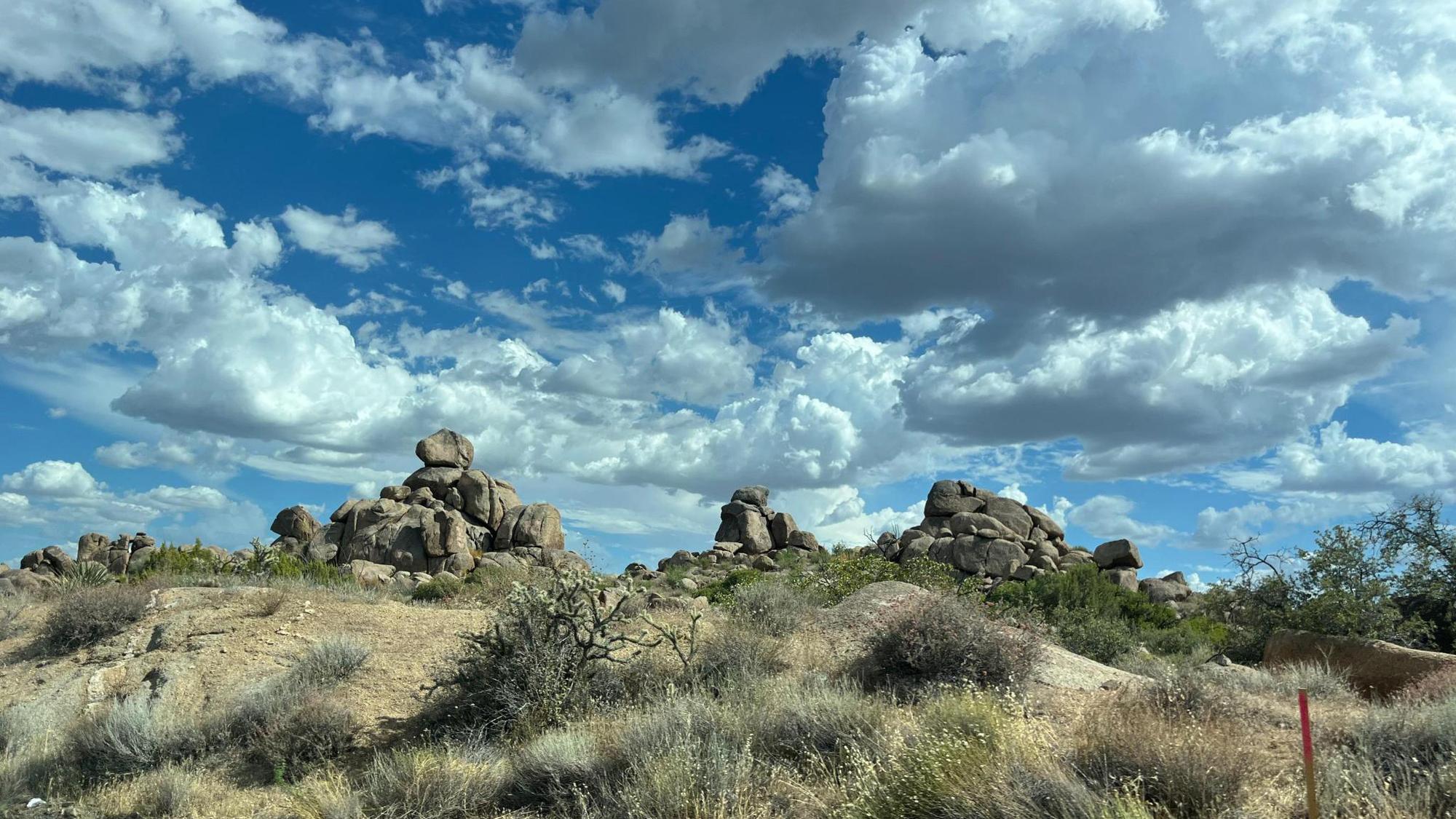Arizona’s scorching summers, with temperatures often exceeding 110°F, present unique challenges for cannabis beverage brands. Ensuring product integrity from production to consumer requires meticulous strategies to combat heat-induced degradation, maintain shelf life, and uphold quality assurance during transportation.
Shelf Life and Stability Concerns
THC-infused beverages are generally shelf-stable, boasting a best-by date of about one year. However, exposure to high temperatures can accelerate THC degradation, diminishing potency and altering flavor profiles. To mitigate this, brands conduct stability and accelerated aging studies, simulating Arizona’s extreme conditions to assess product resilience. These studies evaluate factors like material degradation and packaging integrity, ensuring that products remain effective and safe throughout their intended shelf life.
Refrigeration and Cold Chain Logistics
Maintaining a consistent cold chain is paramount. Refrigerated storage and transport prevent microbial growth and preserve the beverage’s chemical composition. Arizona regulations mandate that perishable cannabis products be stored at appropriate temperatures, as specified on their packaging. This includes labeling requirements that inform consumers about refrigeration needs and expiration dates, ensuring transparency and safety.
Quality Assurance on the Road
Transporting cannabis beverages across Arizona’s vast and hot landscape necessitates rigorous quality assurance protocols. Vehicles used for distribution are equipped with climate control systems to maintain optimal temperatures. Additionally, comprehensive trip plans are required, detailing routes, stops, and handling procedures to ensure product integrity. These measures are part of a broader quality assurance framework that includes regular audits, equipment calibration, and adherence to standardized operating procedures.
Navigating Regulatory Landscapes
The legal environment for cannabis beverages in Arizona is evolving. While THC-infused drinks are intended for sale through licensed dispensaries, instances of these products appearing in unlicensed retail outlets have prompted regulatory scrutiny. Efforts are underway to clarify and enforce distribution channels, ensuring that products reach consumers through approved and safe avenues.
Conclusion
Distributing cannabis beverages in Arizona’s heat requires a multifaceted approach that addresses environmental challenges, regulatory compliance, and quality assurance. Through rigorous testing, controlled logistics, and adherence to legal frameworks, brands strive to deliver safe and effective products to consumers, even under the state’s extreme conditions.



